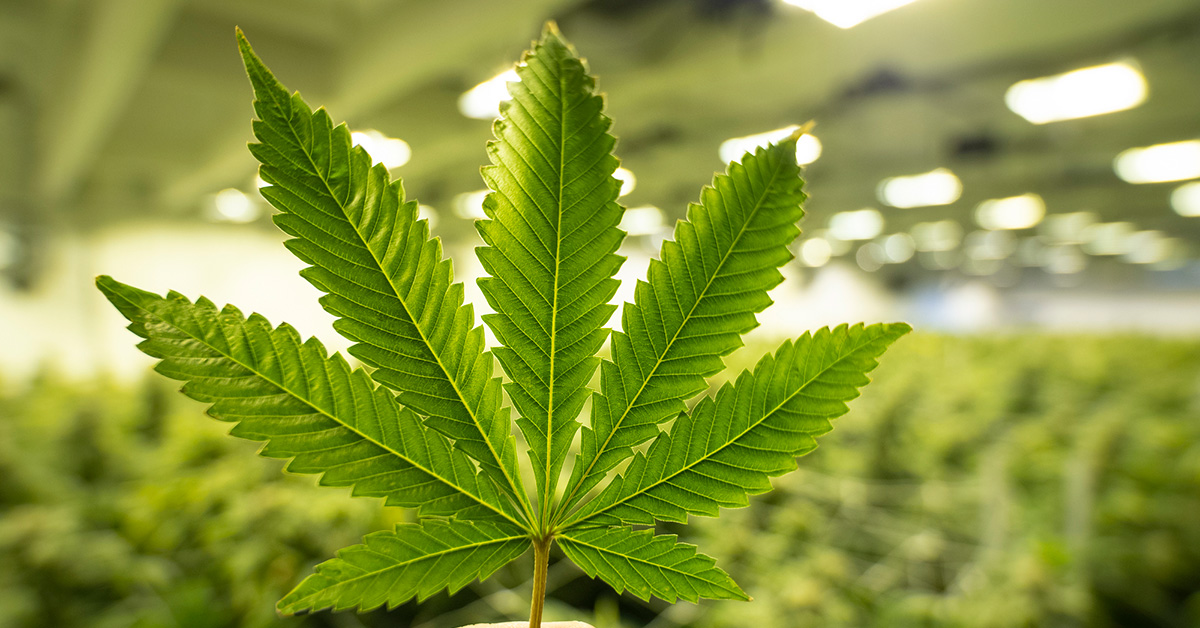
Cannabis Dispensaries Create Profits For Homeowners
There was a time when seeing a Starbucks or higher end grocery store like Whole Foods appear in your neighborhood meant the area’s economy was thriving and property values were headed in the right direction. These were companies that sought out customers with the discretionary income necessary to order Iced Dirty Chai Lattes and premium cuts of grass fed organic beef – so seeing one in pop up in your area was a positive sign.
Today, it’s legal cannabis dispensaries that are acting as a beacon – indicating that a neighborhood’s property values are, or soon will be, on the rise. Forbes magazine actually calls cannabis “the next real estate disrupter.” The publishing giant also shared research that showed how legalizing the sale of marijuana in Colorado “increased home values by about 6% – or an average of $15,600 per house.”
In 2018, The National Association of REALTORS® (NAR) put out a study called Marijuana and Real Estate: A Budding Issue. The organization surveyed close to 8,000 REALTORS® who were doing business in states where cannabis was legalized either recreationally or medically. They found that a large number reported a jump in both residential and commercial property values.
If you are having a hard time wrapping your head around how a cannabis dispensary could elevate your neighborhood it might be because you are picturing the “head shops” found in strip malls back in the 1980s and 90s. Poorly lit, dusty storefronts that were stocked with rolling papers, tie dyed t-shirts and scented with patchouli.
But now that there is money to be made in this legalized industry, dispensaries want to attract the kind of customers who enjoy calling out their custom order, and shopping organic. Many of these new shop interiors and packaging are beautifully designed and well marketed.

The Architectural Digest article, “Designing for the New Culture of Cannabis” talks about companies like Lowell Herb Co, “a California-based farm, which brings a bucolic farm-to-table concept to its brand. Their Instagram-worthy, organic products are wrapped in rustic-chic packaging, while their one-ounce cannabis bouquet is a charming mix of eucalyptus, greens, and still-on-the-stem pot flowers.”
A real life example of this in an urban setting would be Dispensary 33, a cannabis shop that first opened in Uptown Chicago, on the corner of Clark and Argyle, in 2015. The modern, well lit shop has geometrically designed tables, light wood and clean white packaging. Their arrival just so happened to coincide with an overall revitalization of the area, leading to property value increases. Homes in that area went up 12.9% in this past year alone.
For rural and suburban settings, the increase in tax revenues that dispensaries bring can be transformative to communities. For example, PEW magazine calls garden City Colorado “The Little Town That Pot Built”. Prior to the arrival of the town’s first medical marijuana dispensary they collected approximately $360,000 in business tax revenue each year. Once pot became legalized for recreational use, that number increased to well over $2 million annually.
Thanks to the massive tax revenue increase Garden City has “been able to spend more on public works such as the new sidewalks and crosswalks along Eighth Avenue, the street outside Empire State Pizza. The city also provides grants of up to $8,000 to help local businesses pay for property investments such as facade improvements.”
The reality is that not all homeowners welcome legal dispensaries into their community. The good news, is that when they do come they are proving to raise property values and their target market requires that they deliver an aesthetically attractive and discreet storefront.
Time to Focus on Affordable Housing
Taxes on real estate are not the answer. Sign the petition calling on Congress to address our country’s housing shortage.





